For anyone unhappy with the colour, shape or size of their teeth, a no-prep veneer can make a big impact on their smile without affecting the enamel.
Most porcelain veneers are very conservative and require minimal changes to the teeth, however in many cases some changes are either necessary or desirable. In some cases it is possible to place veneers with no preparation of the teeth whatsoever.
Prep or no-prep: While both are popular options, they also come with their list of pro’s and con’s.
Let’s take a closer look at the two options so you can determine which is going to be a better fit for your smile today, tomorrow and down the road.
What Are Porcelain Veneers?
Porcelain veneers are thin pieces of dental porcelain (usually around 0.3 to 0.5 mm thick) that are placed on the surface of a tooth to make it look better esthetically by camouflaging irregularities.
To get a better understanding of how a porcelain veneer can transform the look of a tooth, think of a veneered coffee table. Underneath may be made of plywood, but it is veneered with a more beautiful wood, colour and or stain on top. Make sense?
The colour and translucency of porcelain is very similar to natural enamel and dramatic changes to the whiteness, size and shape of teeth can be had using porcelain.
Advantages of Porcelain Veneers?
Porcelain Veneers can make your teeth look better by changing their colour, shape, size, angle or spacing. This includes any teeth that are broken, chipped or cracked, that have spaces between them or that are discoloured.
In the long term, having a strong porcelain veneer material is less likely to chip or break (as opposed to white fillings/composites) and it will not stain or discolour. And, in cases of extremely dark or crooked teeth, porcelain veneers are the only cosmetic solution.
Disadvantages of Porcelain Veneers?
Usually, porcelain veneers require thinning the enamel of the tooth (tooth enamel is ~1.5-2mm thick on the front/facial). Once you have veneers, you cannot reverse the treatment because that enamel has been removed.
While porcelain veneers are highly effective and popular, there are some who do not want their teeth permanently altered.
What Are No-Prep Veneers?
No-prep veneers are ideally designed to be ultra-thin (less than .3mm and in some cases as thin as a contact lense), so they can be applied seamlessly over your teeth to deliver a natural looking smile.
For those wary of having their enamel thinned to prep a veneer, no-prep veneers are a viable option. The principle is not to harm the sound tissues of teeth but only to bond on tooth surface. The result will be just to add some material to the natural tooth with a “non-invasive technique.”
Around 20+ years ago, a dental company (DenMat) came up with a type of porcelain and method that did not “require” “any” thinning of the teeth – these were called “Lumineers“. Technically, you can use any type of porcelain but their marketing was so extensive that many have heard the name and assume that is the only way/type of no-prep porcelain on the market. Although Lumineers are perfectly fine, there are several companies and laboratories that also offer ‘prepless’ veneers.
Advantages of No-Prep Veneers
For those uncomfortable with the idea of having their teeth reduced, no-prep veneers may be the way to go as the adhesion is performed fully on enamel. The bond strength of porcelain to enamel is significantly stronger than to the dentine underneath, therefore a no prep veneer is generally very strong once bonded. Granted there is no dentin exposed and the teeth are in good condition, one can expect their no-prep veneer to last for a long time. (This being said, even teeth which are prepared for “traditional” veneers are generally bonded to enamel, not dentine). Another pro is that there often is no need for anesthesia as non-prep veneers eliminates the need for any drilling.
The minimally invasive technique also typically eliminates the need for temporaries, so while you wait for your custom-made Lumineers, you’ll look great and feel great.
Disadvantages of No-Prep Veneers
No-prep veneers work best in situations where the teeth are much smaller than ideal, are in reasonably good alignment and do not have several discoloration problems. However, if your teeth don’t meet these specific requirements, the non-prep veneers may not be an option for you.
Because they are so thin they will not cover discoloured teeth very well. And if your teeth are already bulky or rotated, it is virtually impossible to place a no prep veneer and make it look good. When no prep veneers have been placed in situations where they are not ideally indicated, the teeth look very thick, bulky and opaque (like a set of chiclets). I have seen several people who had no prep veneers and the dentist had to bulk them out significantly to hide the colour or modify the general shape. I did not have the heart to tell them that their teeth were noticeable from quite a distance away.
It’s also important to note that this is not an easy procedure and requires strong attention both from the ceramist for the lab procedures and from the clinician during try-in and cementation. It is significantly more challenging and difficult to make, fit, place and polish a no prep veneer.
Lastly, while many dentists offer veneers, not all dentists have been trained to deliver the signature benefits of no-prep veneers.
In my own professional opinion, I’d have to say there are very few advantages to no-prep veneers. If you are going to get a veneer in the first place, it is highly unlikely you will ever remove it unless you are getting a new one to replace it. And if you are going to go through the expense and time to have veneers done, you want to make sure it is done well and looks good.
Final Thoughts
With veneers, it is very important and advantageous to minimally prep the tooth, and in some cases not to prep at all, since bonding porcelain is so much stronger than bonding to the dentin underneath.
However, how much to prep and whether or not to prep should be determined by the final desired outcome, colour, size, shape and position of teeth versus the starting situation. This is determined before any work is started and any changes are done on the teeth. To see how this is done, look for an upcoming blog on the cosmetic work-up procedure. I will describe in detail the process we go through to ensure your teeth will look the way you expect and how we can both be confident of the final esthetic result.
To find out more about no-prep veneers and porcelain veneers, contact us today for a consultation.

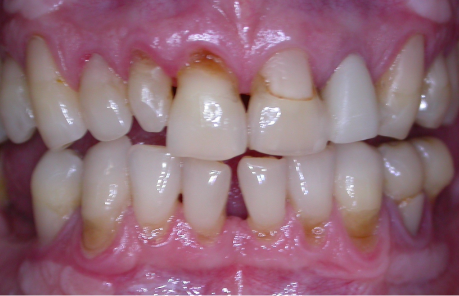
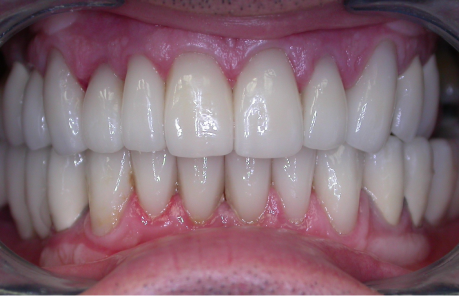
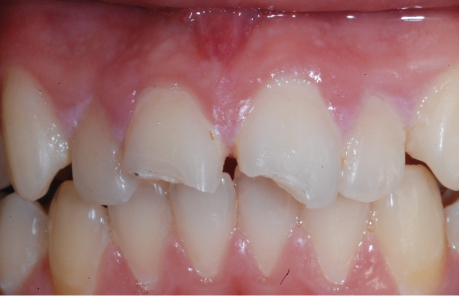
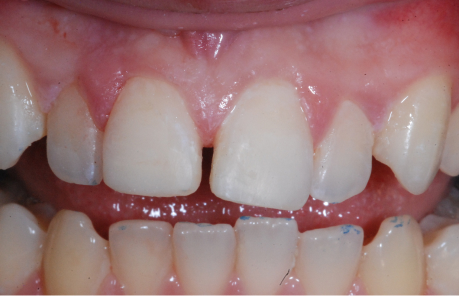
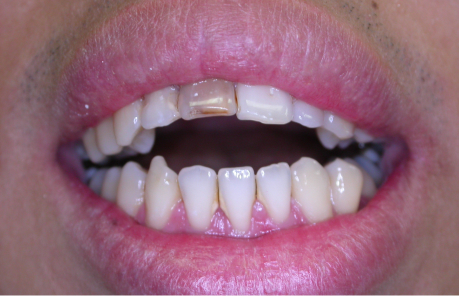
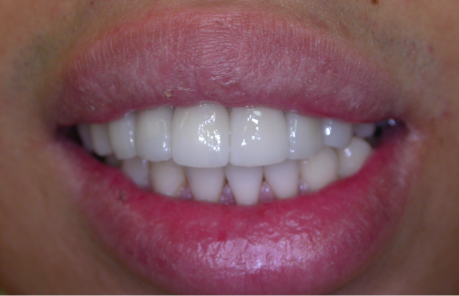
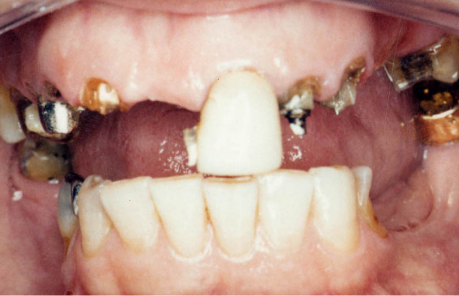
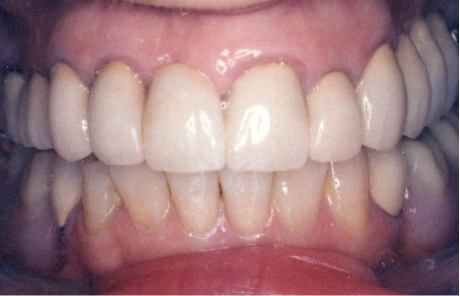
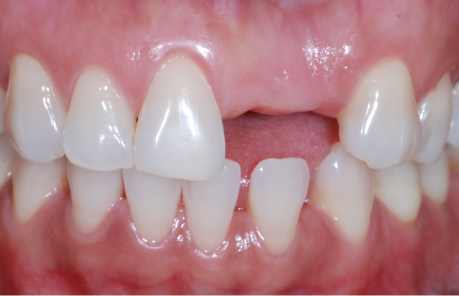
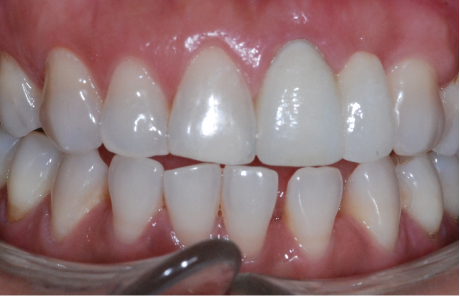

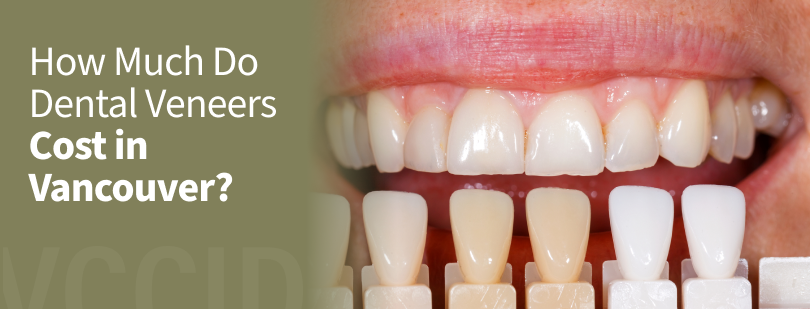
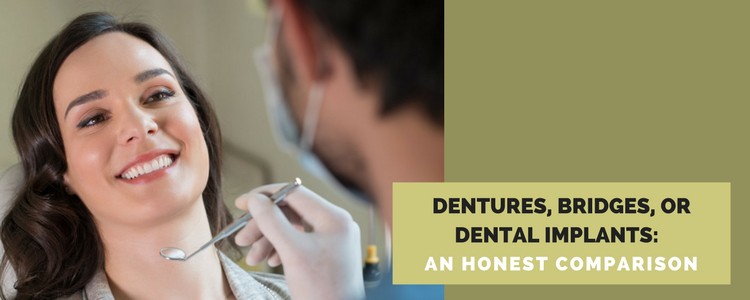



3 thoughts on “What Is A No-Prep Veneer?”
My mother has been thinking about getting some veneers before my little sister’s wedding this spring. It is good to know that you don’t need to get anesthesia with non-prep veneers. That is good to know because my mother is a little allergic to anesthesia.
Dear Penelope:
Just keep in mind that most of the time that people have expressed a past reaction to a local anaesthetic, it was usually due to a reaction to the adrenaline that is in most anesthetics. Those reactions are typically not sure allergies. And there are alternative ones that we can use also. I only mention this as it may be necessary for your mom to have some numbing…she should however relate whatever she can recall regarding her experience so that her dentist can determine what is the best steps to take for her treatment.
Sincerely
Dr
Balogh
Thank you for the detailed explanation. Interesting thoughts. A very perfect guide to follow, I have enjoyed reading them.